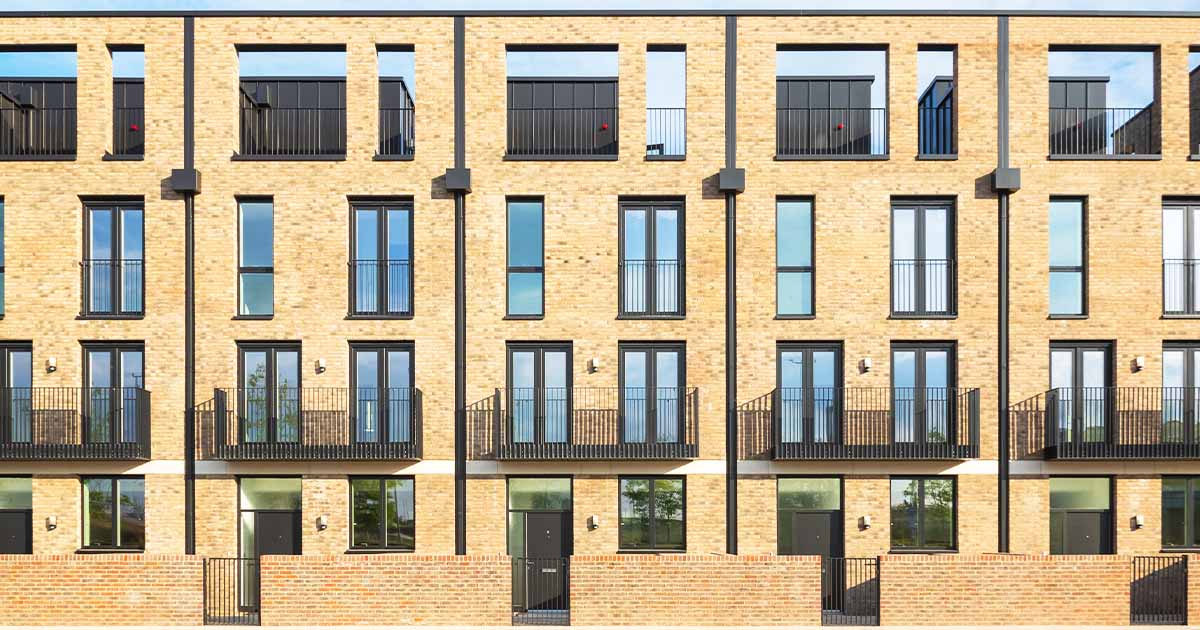Planning: Past, Present and Future?

A Year In Review
After two years of unprecedented challenges faced by real estate and the planning industry, industry predictions for 2022 have perhaps been more eagerly anticipated than ever, and whilst kickstarting the year with a U-turn on reforms may not have been all that surprising, it’s unclear what is yet to come. In the meantime, Associate, Ella Jones, recaps on a year of planning and some of the key changes and cases that have shaped the industry:
Winter 2021
Heritage Protection Issues
In January 2021, the Government announced new legal precautions for historic monuments.
There will now be a requirement for full planning permission to remove all historic statues, plaques, and other monuments. In addition to this new requirement, where the Council is prepared to grant planning for such removal, the Communities Secretary will be notified and will make the final decision. It is said that planning permission will be granted in the ‘most exceptional circumstances’ only.
These safeguards come after protestors toppled a statue of 17th Century slave trader, Edward Colston, into a harbour in Bristol in 2020.
If you are looking to remove, renovate or replace historic figurine then advice should be sought early, to understand if these new measures are applicable to you.
Community Infrastructure Levy Planning Appeal
In an appeal decision also in January, the Planning Inspectorate provided some helpful guidance on the service of a CIL liability notice and what can be considered “as soon as practical” under Reg 65(1). In this instance, the relevant Collecting Authority served said notice 10 months after planning permission was granted. The Inspector confirmed that 10 months did not meet the test under Reg 65(1), thus allowing the appeal.
If you receive a liability notice, it is always advisable to check the date it was served, and the length of time elapsed since planning was granted. By doing so, you may just save yourself some money.
Summer 2021
Introduction of First Homes
In June, a new government initiative was introduced to assist first time buyers get a foot onto the property ladder. The initiative offers first time buyers discounts of a minimum of 30%, (up to 50% if implemented by the Council), on new build properties.
First Homes will be considered as an affordable housing tenure and will contribute to meeting the Council’s policy compliant amount of affordable housing. They will be secured through a Section 106 agreement in a similar way to current affordable housing requirements. However, First Homes will not need to be transferred to a Registered Provider, as is the case for other affordable tenures. Instead, developers will be able to sell the units directly to buyers.
In December 2021 the government released their model s.106 which provided clarity as to how the new tenure will operate.
There is a transition period before First Homes is formally introduced. If you would like to know if the requirement to provide First Homes is applicable to your development, please get in touch.
Updated to the National Planning Policy Framework
The National Planning Policy Framework (NPPF) sets out the governments planning policies and how they should be applied in England.
Following a Government consultation earlier in 2021, an updated NPPF was published in July. This is the latest update to the NPPF, that was originally published in 2012, and follows changes in July 2018 and February 2019.
This latest version has greater emphasis on design, quality, and sustainability. Some of the main changes include:
- A promotion of “well-designed, beautiful and safe places” (paragraph 8b) and all local planning authorities “should prepare design guides or codes consistent with the principles set out in the National Design Guide and National Model Design Code, and which reflect local character and design preferences”. A new test has also been introduced which will allow refusal of development where it is not well designed.
- When plan-making, there is a presumption in favour of sustainable development (paragraph 11a).
- Limits on the use of Article 4 Directions to restrict permitted development rights. In particular, those directions which prevent the conversion of non-residential property to homes.
To maximise the chances of a successful planning application, these changes will need to be at the forefront of the design and planning stages of development. The above is only a summary of the key changes; for a more detailed overview, or further guidance, contact Ella Jones.
Autumn 2021
Stonewater (2) Limited v Wealden District Council [2021] EWHC 2750 (Admin)
In October, The High Court considered how Social Housing relief can be claimed against a liability to pay Community Infrastructure Levy (CIL), in the context of 100% affordable housing schemes, and when the Section 106 Agreement only secures a policy compliant level of affordable housing.
It was decided by the Court that Wealden District Council were correct to reject Stonewater’s application for Social Housing relief on the following grounds:
- the Section 106 Agreement secured the delivery of exactly 59 affordable housing units;
- the description of development in the decision notice specifically referred to the fact that the development consisted of 35% affordable housing;
- for the Council to have granted Social Housing relief, Stonewater needed to prove that the additional units would have been ‘qualifying dwellings’. In the absence of the additional units being secured through the Section 106 agreement, or any further evidence to support their position, they were not able to do so.
It should be stressed that the Court was clear in determining that a Section 106 Agreement is not a pre-requisite to Social Housing CIL relief, but in these circumstances, it held weight to assist the Court in deciding if the units would be used as affordable housing.
Going forward, planning applicants should ensure that affordable housing requirements allow for flexibility. This can be achieved in a number of ways: avoid specifying the level of affordable housing in the description of development and ensuring that a Section 106 agreement refers to a minimum level of affordable housing rather than a fixed amount.
If you would like further information on any of these updates or require planning assistance, please get in touch with our Planning team who will be happy to help.




